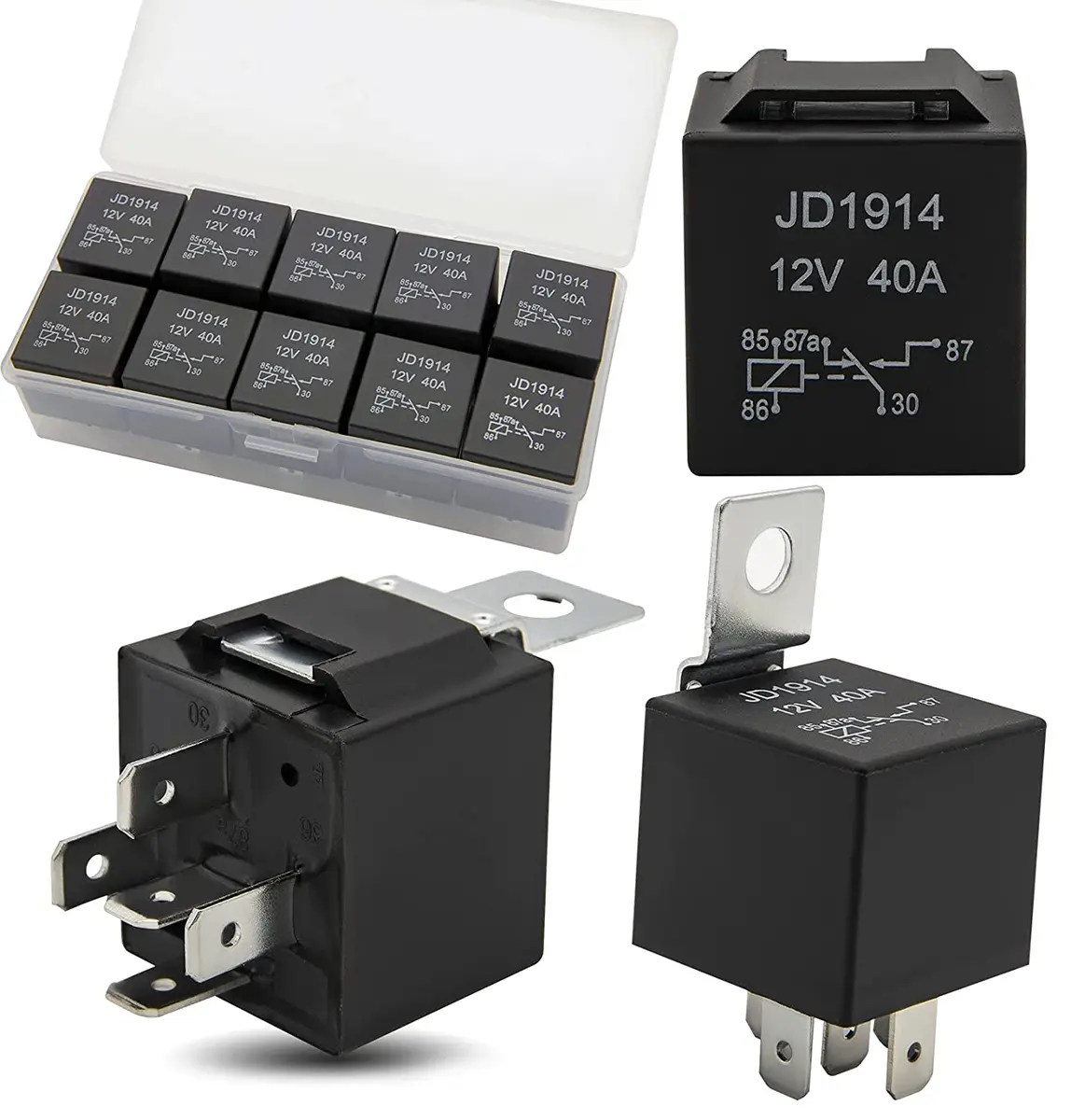Relay vs Relay Switch: Unveiling the Distinctions and Applications
3 min read
In the realm of electrical engineering, relays and relay switches play pivotal roles in controlling circuits and facilitating the flow of current. While these terms are often used interchangeably, it is crucial to understand the subtle yet significant differences between them. This article aims to shed light on the dissimilarities, applications, and benefits of relays and relay switches, providing a comprehensive understanding of their functionalities.
- Definition and Functionality:
A relay is an electromechanical device that operates as an electrically controlled switch. It consists of an electromagnet, a set of contacts, and a spring mechanism. When an electrical current passes through the coil, the electromagnet generates a magnetic field, causing the contacts to open or close, thereby completing or interrupting the circuit. On the other hand, a relay switch refers specifically to the contacts within a relay that perform the switching action. - Types of Relays:
Relays come in various types, each designed for specific applications. Some common types include:
a. Electromechanical Relays: These relays utilize an electromagnet to control the switching action. They are widely used in industrial automation, power systems, and automotive applications due to their robustness and reliability.
b. Solid-State Relays (SSRs): Unlike electromechanical relays, SSRs employ semiconductor devices, such as thyristors or transistors, to perform the switching operation. SSRs offer faster response times, higher switching frequencies, and enhanced durability, making them suitable for applications requiring precise control and minimal noise.
c. Reed Relays: Reed relays utilize magnetic fields to control the switching action. They consist of two ferromagnetic reeds enclosed in a glass tube. Reed relays are commonly used in telecommunications, automatic test equipment, and medical devices due to their compact size and low power consumption.
- Applications:
Relays and relay switches find extensive applications across various industries, including:
a. Power Systems: Relays are crucial in power distribution systems to protect against faults, monitor voltage levels, and control the flow of electricity. They ensure the safe and efficient operation of electrical grids, substations, and power generation plants.
b. Automotive Industry: Relays are widely used in vehicles for controlling headlights, windshield wipers, power windows, and other electrical components. They provide reliable switching capabilities and protect sensitive electronic systems from damage.
c. Industrial Automation: Relays play a vital role in industrial automation, enabling the control of motors, solenoids, valves, and other devices. They ensure precise and efficient operation in manufacturing processes, robotics, and building automation systems.
- Advantages of Relays and Relay Switches:
The utilization of relays and relay switches offers several advantages, including:
a. Electrical Isolation: Relays provide electrical isolation between the control circuit and the load circuit, protecting sensitive control components from high voltages or currents.
b. Amplification: Relays can amplify weak control signals, allowing them to control higher power loads without directly handling the high currents.
c. Versatility: Relays can be easily replaced or reconfigured, making them adaptable to changing system requirements. This flexibility reduces maintenance costs and enhances system reliability.
Conclusion:
In summary, while relays and relay switches are closely related, they serve distinct functions within electrical circuits. Understanding the differences between these components is crucial for engineers and technicians working in various industries. By harnessing the capabilities of relays and relay switches, professionals can ensure the efficient and reliable operation of electrical systems, contributing to technological advancements across multiple sectors.


